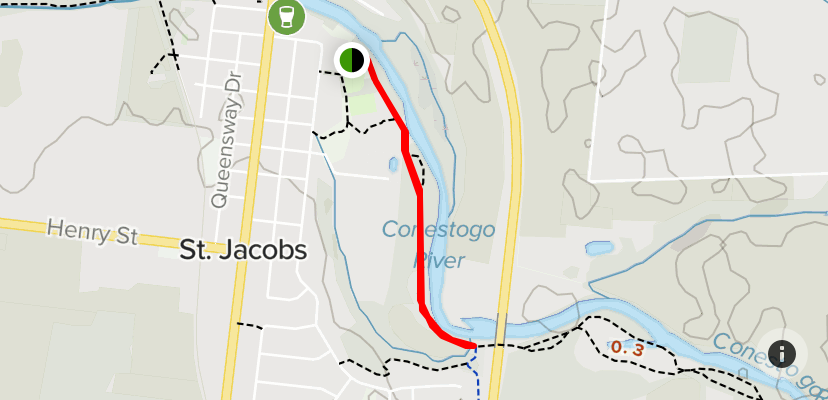
It doesn't mean you have to give up salt. It is possible to still enjoy many tasty foods with low sodium. It is important to choose the right foods. Some examples of these foods include processed meats, canned goods and cheese. Additionally, low-sodium tomato sauce and paste can be purchased. Low-sodium milk and meat will help you save time and money.
Fresh fruits, vegetables, whole-grain pasta, and other foods are some of the low-sodium foods. Nuts contain healthy fats and are a great source of protein, fiber, and essential vitamins and minerals. They also contain antioxidants that protect against free radicals and fight the negative effects caused by sodium. If you are unsure how to cut down on sodium, read this article to learn about some of the best options.
Choose food labels with sodium content to avoid the detrimental effects of sodium. Look out, for example, for the "Heart Check” seal. These processed meats are high in sodium and should be avoided. You should also make sure you read the labels and ensure they are marked "low sodium" or “low sodium." If you're not sure, try cooking with fresh herbs instead. There are many options for substitutes: celery seed, onion and garlic powder.
Reduce your sodium intake by substituting low-sodium processed cheese with it. Alternatives include cottage cheese and mozzarella as well as buttermilk. You can substitute table salt for spices, or switch canned drinks to homemade juice. You should also avoid canned foods and roasted salted nuts. Avoid these foods as they are high in sodium. Also, it is a good idea to thoroughly rinse canned foods with water before consuming them.
Try spreading your sodium around throughout the day to reduce sodium intake. Choose fruits and vegetables to reduce your sodium intake. Ask for less salt at restaurants. Custom-made dishes are better for you and contain fewer sodium. Ask for dressings and sauces when ordering at a restaurant. Ask for lower-sodium options if you dine out.

To reduce sodium intake, you must first read the labels on all foods. Always read the label. You can read the serving size, the ingredients, and the sodium content. A product should not have more that 140 mg sodium per serving. You can even add spices to your popcorn to make it more delicious and help you stick to your low-sodium diet. This snack is great for fiber and low-sodium.
While you should avoid salty foods, there are also foods that are low in sodium. Whole grains and breads have high fiber and low sodium. Rice bran, for example, is a great source of fiber and contains only 6 mgs sodium per cup. While eating whole grain products, be aware that they may contain added salt. Multi-grain bread, for example, contains almost 170 milligrams of sodium.
Fresh fruits are a good way to lower sodium intake. Fresh fruits contain very little sodium and are rich in essential vitamins and minerals. An apple, for example, contains approximately one milligram (or 6%) of the recommended daily sodium intake. Greek yogurt has the exact same amount sodium as plain yogurt. But, it also contains more protein. Greek yogurt is a great option if your goal is to limit sodium intake. It is also an excellent source of potassium, which can be essential for maintaining healthy high blood pressure.

Certain foods contain very high levels of sodium. They are nevertheless relatively low when compared with other foods. Vegetables, while being a great source for fiber and low in sodium, have higher sodium levels than other foods. For example, one cup of beets has 84 milligrams of sodium while half a cup of spinach has 63 milligrams. Avocado, green beans and asparagus are other "salt-free foods".
FAQ
Are you able to cook by yourself?
Yes, you can self-teach cooking! Everyone loves cooking, regardless of whether they are skilled or not. If you're interested in learning how cook at home, then start cooking. Start small, such as making pancakes for breakfast and spaghetti sauce at dinner. Try new recipes and be open to experimentation when learning how to cook. You may even want to make a few mistakes along the way.
Learning to cook takes anywhere from a couple of hours to several weeks, depending on what type of skill level you are looking for. Remember that cooking is not about following recipes. There are many methods to prepare food.
Do I require any special equipment?
You don't require any special equipment to learn how to cook. However, the right tools can make it easier to cook. To make pasta easier, you can use a knife to cut the pasta and a whisk to whip up egg whites to stiff peaks. Having the right tools makes cooking less intimidating and allows you to start faster.
Can I learn how to cook together with my children?
Yes! Yes! It's fun and teaches kids responsibility as well as teamwork. You can have your children help you with everything, from washing vegetables to cutting onions. Your children will be more comfortable helping you cook if you teach them safe techniques for handling knives.
How do I get hired as chef?
First, you need to earn a culinary arts diploma in order to get a job working as a chef. Next, join a professional organisation such as ACF. This organization provides certification exams and offers networking opportunities.
What are the benefits of using a slow cooker?
Slow cookers can be very helpful because you can prepare delicious meals quickly. Slow Cooker Recipes are often healthier than traditional recipes because they require less oil and fat. Because they cook for you while you sleep, slow cooker recipes can be convenient.
How long does it take for you to learn to cook? How long will it take me to learn how?
It depends on what kind of skill level you are trying to achieve. Some people can learn basic cooking techniques in as little as a week. Some people take months to learn how to cook. Others may need to wait for years.
The time it takes to learn how to cook will vary depending on who you are. One example is that someone who has never tried cooking before would likely take more time to learn than someone who cooks often. Some types of cooking are more difficult than others. Baking, for instance, requires more skill than frying.
A specific technique will help you cook faster. Once you've mastered that technique, move on to another one. It doesn't matter how long it takes to master a particular technique. Keep practicing and having fun with the whole process.
How to become a chef
There are many paths to becoming a chef. A course at a local community college or vocational school is a good place to start. Next, consider attending culinary school. Finally, consider a paid internship.
Statistics
- In the United States, the category is estimated at $23.2 billion annually and is growing faster than the market. (washingtonpost.com)
- On average, chefs earn $58,740 a year, according to the BLS. - learnhowtobecome.org
- You'll be amazed that over 90% of CIA students receive scholarships and grants to finish their culinary studies. (ischoolconnect.com)
External Links
How To
How to Become a Chef
A career path for chefs is one of the most interesting careers you could choose. It is difficult to know what job you would like, as it requires a lot in the way of knowledge and skills. You can start immediately if you are looking to enter this field. You can work at restaurants, hotels or catering businesses. You could also take up cooking classes. To make the decision easier, we've prepared some useful tips on becoming a chef.
-
Learn how you can cook!
Everyone should try cooking at least once. You should learn to cook if you don't already know much about food. You can find so many different recipes online and they are very easy to follow. Remember to take your time when learning new things. Take it slow and enjoy each step.
-
You should get a degree in culinary arts
If you wish to become a professional chef, a culinary arts degree might be the right choice. By doing this, you can develop your own style and learn valuable knowledge. Culinary schools offer courses like baking, pastry-making, meat cutting, etc. Students are required to stay in class for several years before graduating. But if you really want to become a chef, you should think twice before choosing any school.
-
Work in a restaurant
Working in a restaurant is probably the easiest way to enter the world of chefs. People who want to be chefs start by working in a restaurant. Restaurants want qualified staff, especially if they have had experience in other fields. If you're looking to be a chef, it is worth applying for job opportunities in restaurants.